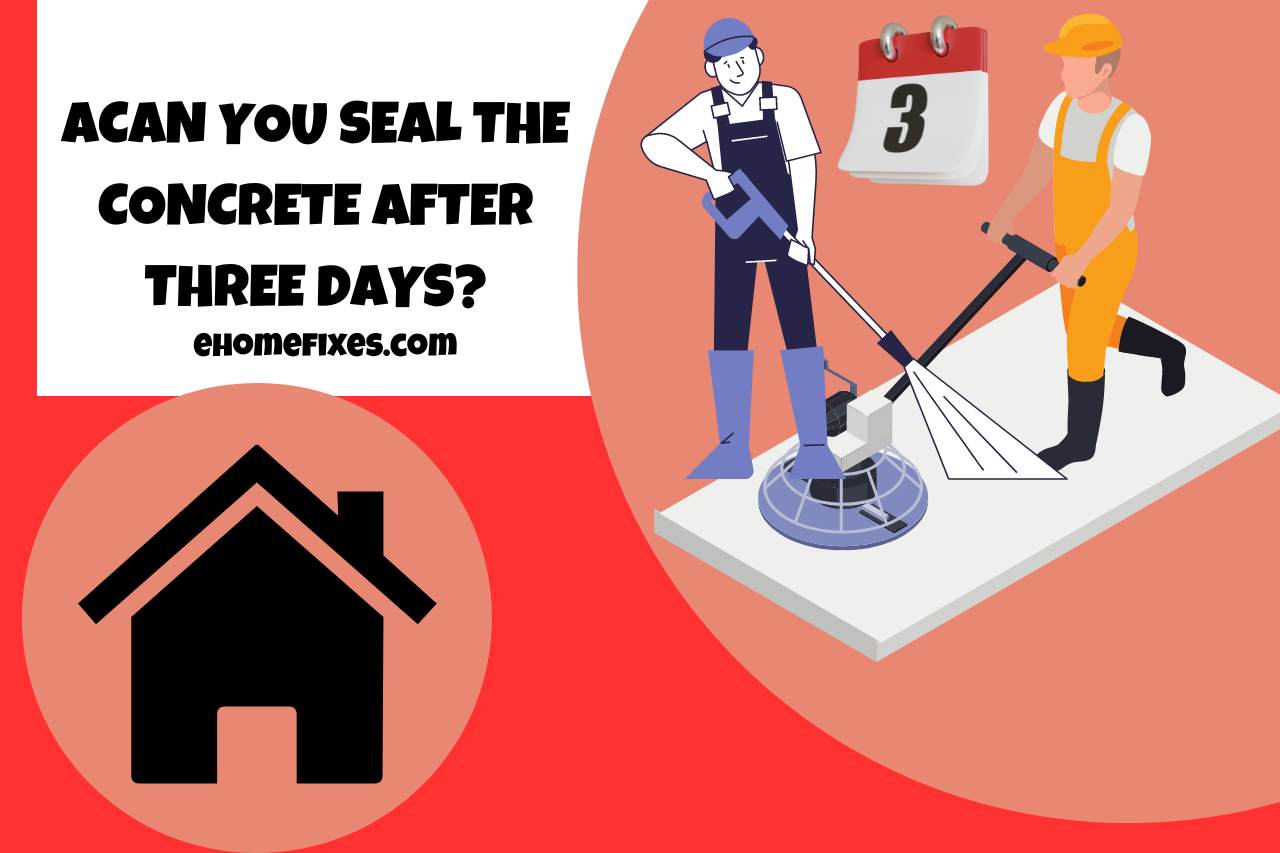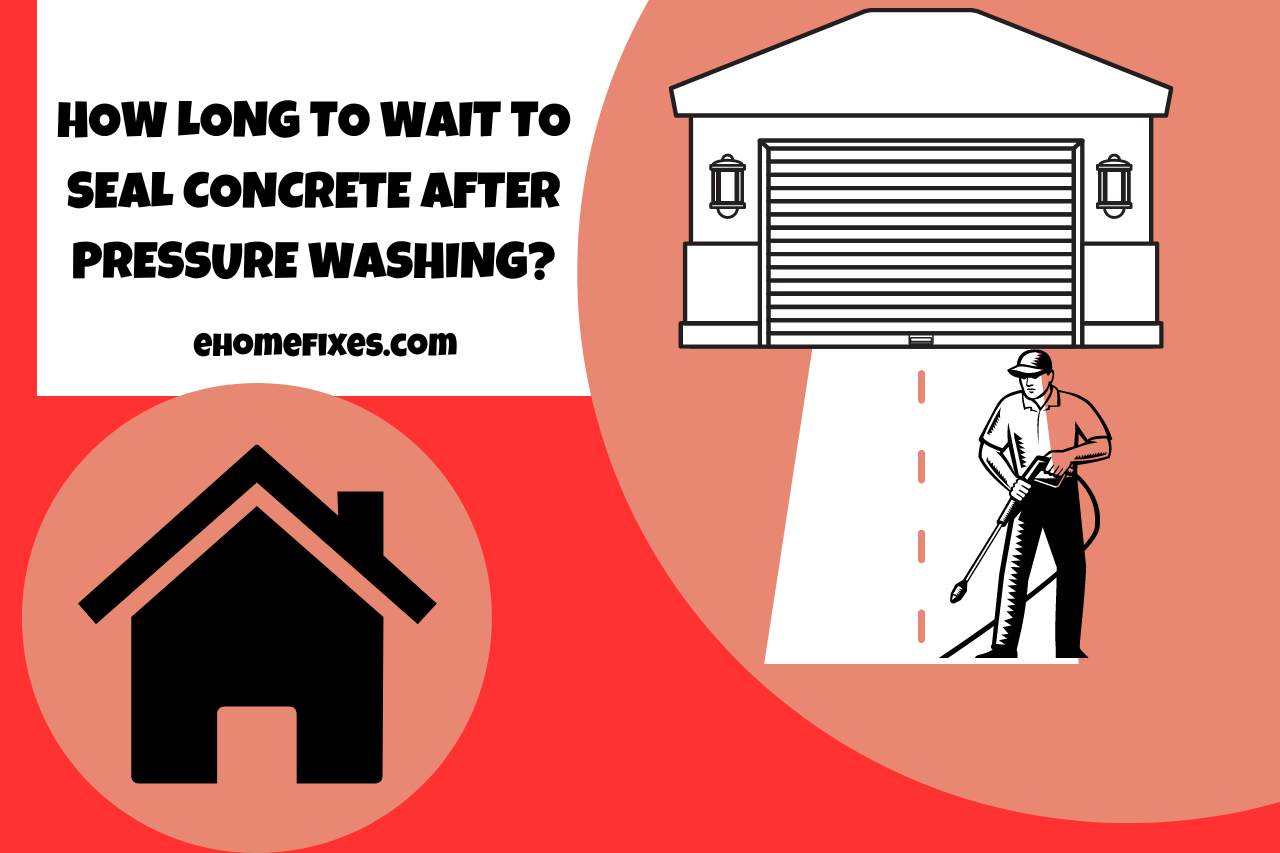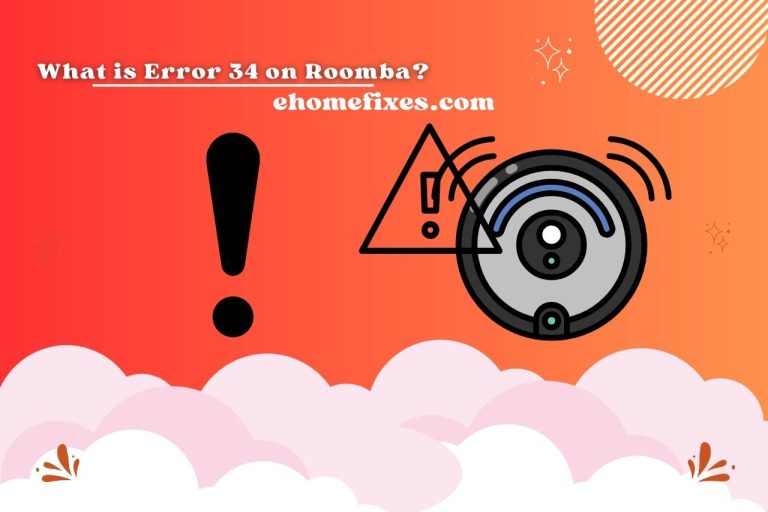How Long to Wait to Seal the Concrete After Pressure Washing? Tips!
Pressure washing is an important maintenance procedure for concrete to restore its look and prepare it for sealing. Establishing the ideal waiting period before applying a sealant is important to achieve the best results. The time frame may change based on several variables, including the weather, the porosity of the concrete, and previous treatments. A clean surface is created for the sealant to adhere to by carefully cleaning the outer layer with an electric washer to remove dirt, stains, and pollutants. After pressure washing, you may extend the concrete seal’s durability and power by giving it enough time to dry. It will protect against weathering, moisture penetration, and other potential issues.
Why is it Important to Wait Before Sealing Concrete After Pressure Washing?
For several reasons, it is important to wait before sealing concrete after pressure washing. First, Pressure washing eliminates dirt, grime, and old sealant, leaving a clean surface for the new sealant to adhere to successfully.
The procedure also adds moisture to the pores of the concrete. Waiting gives the concrete enough time to completely dry, guaranteeing that the sealer can adhere well and will not keep any moisture inside.
Various issues like efflorescence (a white powdery residue), bubbling, and peeling of the sealant can be caused by moisture that has been held under the sealant.
It can also reduce the sealant’s overall efficiency, making it less effective in shielding the concrete from stains, UV rays, and water damage.
The period required to dry after pressure washing concrete might vary based on the concrete’s porosity, temperature, and humidity.
It is crucial to adhere to the manufacturer’s recommendations for drying time for the greatest results.
Patience will ensure that the sealer will attach properly during this waiting period, boosting the concrete’s toughness and strength while preserving its aesthetic attractiveness.
How Does Pressure Washing Affect the Concrete Surface?
Pressure washing can have both good and bad impacts on the concrete surface. Cleaning concrete with pressure is an efficient way to eliminate dirt, grime, oil stains, mold, mildew, and other surface contaminants on the plus side.
A high-pressure water spray must be used to remove and flush away unwanted materials and create a cleaner and more attractive concrete surface.
If done correctly or slowly, pressure washing can also have significant drawbacks. The concrete surface may be worn by the high-pressure water stream, particularly if the concrete is already weak or cracked.
It can remove the cream or top layer of the concrete, exposing the aggregate below and making the concrete look harder.
Applying too much pressure or keeping the nozzle near the concrete’s surface might etch or score the surface, creating recognizable traces or lines.
It is essential to modify the pressure and distance based on the state of the concrete to prevent damage.
It is advised to either engage a professional pressure washer or adhere to the manufacturer’s pressure cleaning instructions considering the concrete surface’s state and employing the proper methods and tools.
How Long to Wait to Seal the Concrete After Pressure Washing?
The period that must pass after pressure washing concrete can vary; waiting at least 24 to 48 hours is typically advised.
Following removing the moisture introduced during pressure washing, this waiting period enables the concrete to dry completely.
It’s crucial to consider elements like the weather, humidity levels, and the concrete’s porosity.
Consult the manufacturer’s suggestions, as certain sealants may have special guidelines regarding the waiting period.
Waiting gives the sealant the best chance to attach properly and offers the best chance for long-lasting protection and the best outcomes.
Does the Type of Concrete Surface Impact the Waiting Time for Sealing?
Yes. The time required for sealing following pressure washing can vary depending on the type of concrete surface.
A key factor is how porosity of the concrete surface. Concrete surfaces that are dense or impermeable could dry more quickly and need to wait less time before sealing.
Porous surfaces like old or weathered concrete may take longer to dry. The concrete’s thickness and any existing coatings or sealants may also impact drying times.
It is crucial to consider these aspects and adhere to the manufacturer’s recommendations or get professional advice when deciding how long to wait before sealing a particular type of concrete surface.
Should Concrete be Sealed After Cleaning?
Yes. Sealing concrete after cleaning is strongly advised. Numerous advantages come from sealing the concrete, including defense against stains, moisture penetration, UV radiation, and freeze-thaw damage, by keeping dirt, oil, and other pollutants from affecting the surface.
It aids in maintaining the beauty of the concrete. Sealing increases the concrete’s toughness and longevity, lowering the likelihood of cracks and deterioration.
It can make the concrete easier to clean in the future and more resistant to chemical damage. Sealing the concrete is crucial in maintaining its integrity and ensuring its long-term performance after cleaning.

Can you Seal the Concrete After Three Days?
Three days after pouring or cleaning concrete are enough time to wait before sealing. This period of time enables the concrete to set and dry properly.
It’s important to consider elements like the weather, humidity levels, and the particular sealant being used. It’s best to follow the directions provided by the product’s manufacturer, as several sealants may have various curing requirements. And, it’s also essential to ensure the concrete is dry before sealing to avoid trapping moisture.
Given these considerations sealing concrete after three days is frequently a reasonable timetable. Getting advice from the manufacturer or an expert is always advisable.
Can you Seal Concrete When It’s Wet?
No. Sealing concrete when it’s wet is not advised. A dry surface is necessary for sealing concrete to ensure good sealant adherence and cure.
If the concrete is wet, moisture may get trapped beneath the sealant, causing problems with adhesion, bubbling, or peeling. Moisture trapped within the concrete could cause damage or create sparkles over time.
Giving the concrete enough time to dry completely before applying any sealant is essential. The best results are ensured by waiting until the concrete achieves the recommended moisture content, which also contributes to maintaining the performance and integrity of the sealed surface.
Does the Concrete Need to be Washed Before Sealing?
Yes. Cleaning concrete is necessary before sealing it. Cleaning the concrete surface removes dust, debris, oil stains, and other impurities that could hinder the sealant’s adhesion and performance.
A clean and adequately prepared surface can be attained by pressure washing or using the necessary cleaning products.
Washing increases the concrete’s overall appearance and makes it possible for the sealant to penetrate and adhere successfully.
You should carefully clean the concrete to achieve the best results, increase durability, and protect it from spills, moisture, and other potential harm before sealing.
Watch this one,
Video Credits – Aaron’s Lean & Mean Academy
You May Also Like







